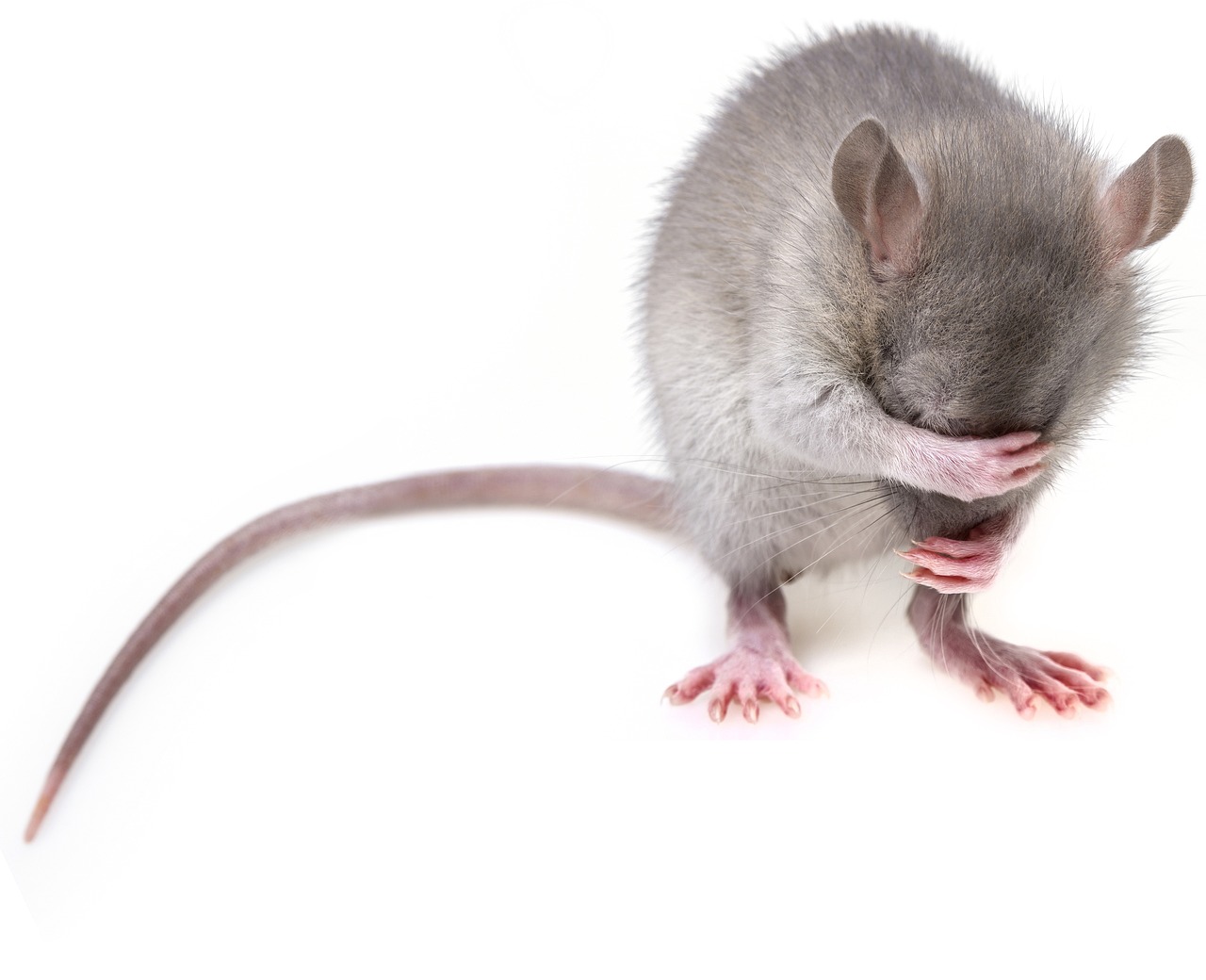Mice in the walls of your home can create not only a nuisance but also pose serious health risks and potential damage to your property. Understanding how to identify and eliminate this problem is essential for any homeowner. This guide provides effective DIY strategies, practical tips for prevention, and advice on when to seek professional help.
Mice in the Wall – Understanding the Problem
Mice are attracted to homes primarily for food, warmth, and shelter. Once inside, they often choose hidden spaces, such as walls, attics, or basements, making detection difficult. Recognizing the signs of a mouse infestation early can prevent more significant issues down the line.
Common Signs of Mice in the Walls
- Droppings: Mouse droppings are small, dark pellets, often found near food sources, along walls, or in corners. Fresh droppings are shiny and dark, while older droppings appear dry and crumbly.
- Gnaw Marks: Mice constantly chew on materials to keep their teeth from growing too long. Look for bite marks on wood, insulation, and even electrical wiring.
- Nests: Mice build nests from shredded paper, fabric, or insulation. These nests are typically hidden in walls, cabinets, or storage areas.
- Noises: Scratching, scurrying, or squeaking sounds coming from within the walls, especially at night, can indicate mouse activity.
- Odors: A strong, musty smell can accompany a mouse infestation, often emanating from their droppings or urine.
DIY Strategies to Get Rid of Mice in the Wall
Before resorting to traps or professional pest control, consider these effective DIY strategies:
- Seal Entry Points
- Comprehensive Inspection: Conduct a thorough inspection of your home’s exterior and interior, focusing on potential entry points such as gaps around doors and windows, cracks in the foundation, and openings around plumbing and electrical lines.
- Sealing Materials: Use materials like steel wool to fill holes, as mice cannot chew through it. After sealing with steel wool, apply caulk or expanding foam to secure the areas. Remember to cover any openings larger than a quarter.
- Set Traps
- Choosing the Right Trap: There are several types of traps available:
- Snap Traps: Quick and effective, these traps kill mice instantly when triggered.
- Glue Traps: These traps catch mice without killing them, but they can suffer before dying.
- Humane Traps: These traps capture mice alive so they can be released far from your home.
- Optimal Placement: Place traps along walls and in areas where you’ve observed droppings or signs of activity. Avoid placing traps in open areas, as mice prefer to travel along walls for safety.
- Choosing the Right Trap: There are several types of traps available:
- Use Baits and Poisons
- Rodenticides: If opting for poison, use tamper-resistant bait stations to minimize risks to pets and children. Always read and follow the product instructions carefully.
- Homemade Baits: Consider using peanut butter, seeds, or nuts as bait for snap traps. Mice are attracted to these foods, making them effective options.
- Maintain Cleanliness
- Proper Food Storage: Store food in airtight containers to prevent access. Clean up crumbs and spills immediately, and avoid leaving pet food out overnight.
- Decluttering: Remove clutter from your home, particularly in areas like attics, basements, and garages, to reduce potential nesting sites for mice.
- Natural Repellents
- Essential Oils: Mice are deterred by strong scents. Use peppermint oil by soaking cotton balls in it and placing them in areas where you suspect mice might enter.
- Ultrasonic Repellents: These devices emit high-frequency sound waves that are intolerable to rodents but inaudible to humans. While results can vary, they can be part of a broader strategy to deter mice.
- Monitor the Situation
- After implementing these strategies, keep an eye on the situation. Regularly check traps and inspect areas for new signs of activity. If you continue to see evidence of mice, consider enhancing your efforts or seeking professional help.
When to Involve Professionals to Get Rid of Mice in the Wall
While many homeowners can effectively manage minor infestations, there are situations when professional pest control is warranted:
- Severe Infestation:
- If you notice a significant number of droppings, multiple mice caught in traps, or signs of nests, the situation may be beyond DIY solutions.
- Structural Damage:
- Mice can cause serious damage to insulation, electrical wiring, and wooden structures. If you suspect extensive damage, it’s crucial to have a professional inspection to assess the situation.
- Health Risks:
- Mice are carriers of various diseases, including hantavirus and salmonella. If you or your family members are experiencing health issues related to pest infestations, it’s best to contact professionals.
- Inability to Locate Nesting Areas:
- If you’re having trouble identifying where the mice are nesting or accessing your walls, pest control professionals have the tools and experience to conduct a thorough inspection.
- Long-Term Solutions:
- Professionals can provide long-term solutions tailored to your home, including sealing entry points and setting up monitoring systems to prevent future infestations.
Conclusion
Dealing with mice in the walls of your home can be a challenging and frustrating experience. However, by implementing effective DIY strategies, maintaining cleanliness, and being aware of when to seek professional help, you can protect your home from these unwelcome guests. Early intervention is crucial, so don’t hesitate to take action if you notice signs of a mouse infestation. With the right approach, you can restore peace and safety to your living environment, ensuring that your home remains a healthy space for you and your family.





